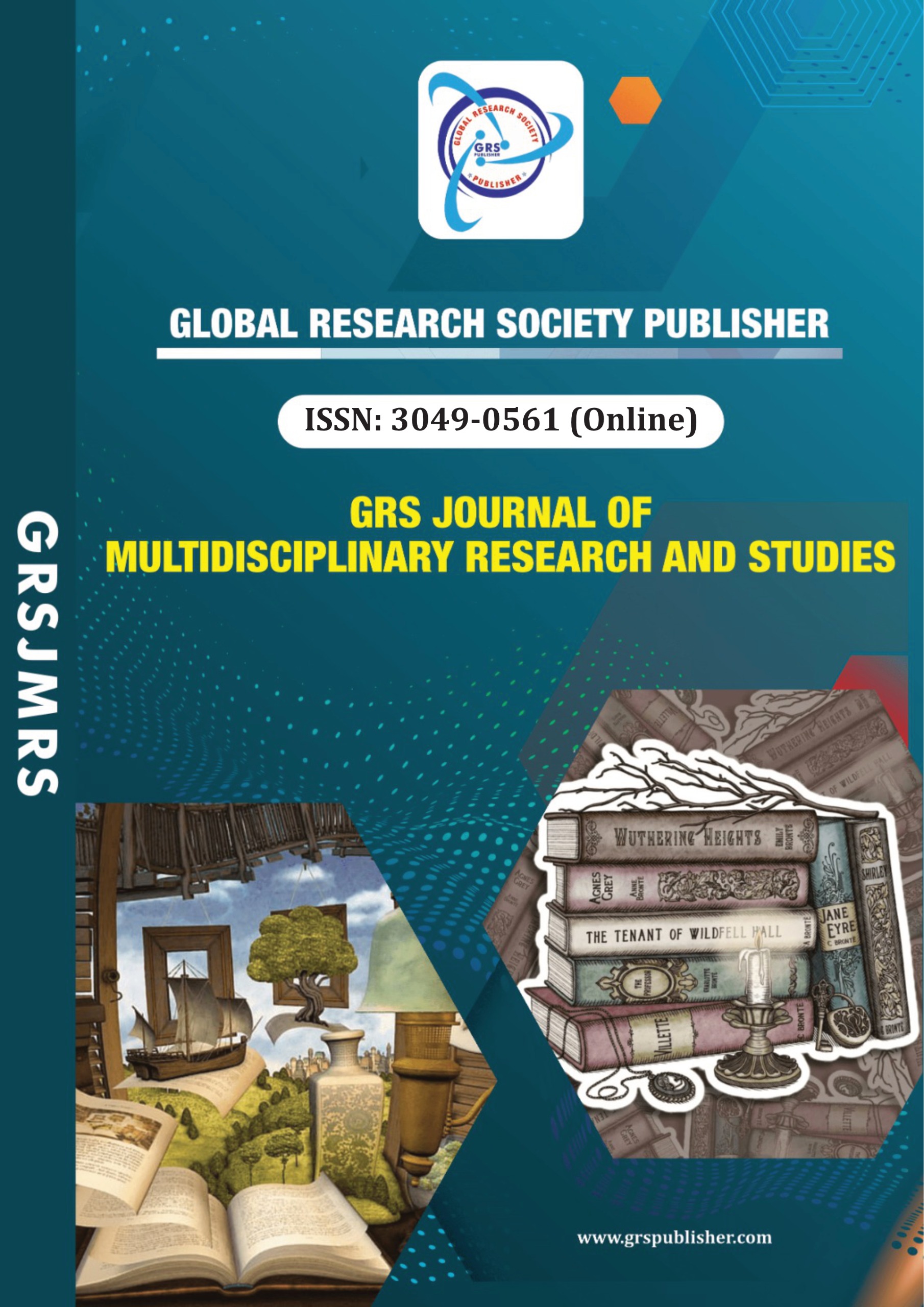Implementation of Artificial Intelligence in Bim to Optimize Decision Making In Urban Projects
Sr No:
4
Page No:
24-27
Language:
English
Licence:
CC BY-NC 4.0
Authors:
Jorge Pablo*, Aguilar Zavaleta
Received:
2025-06-02
Accepted:
2025-06-28
Published Date:
2025-07-07
Abstract:
The integration of Artificial Intelligence (AI) into Building Information Modeling (BIM) is transforming the AEC (Architecture, Engineering, and Construction) industry, driving more efficient and sustainable decision-making in urban projects. According to recent studies (Scopus Q1, 2023), AI adoption in BIM has increased by 40% in the last five years, reducing costs due to design errors by up to 30% and construction delays by 25% through tools such as automated clash detection and 4D simulations. AI enhances BIM by automating routine tasks, such as regulatory compliance analysis, freeing up professionals for creative approaches. Additionally, predictive algorithms analyze historical big data to anticipate risks, optimize resources, and promote sustainable designs, aligned with the UN Sustainable Development Goals (SDGs). A study by Automation in Construction (2024) highlights that projects with AI-BIM achieve 20% greater energy efficiency in buildings. However, challenges such as high implementation costs (initial investments exceeding $50,000 for SMEs, according to the Journal of Construction Engineering) and the technical skills gap hinder its widespread adoption. Added to this are ethical concerns, such as job displacement, although AI complements, not replaces, human judgment.
The future is promising: generative AI is revolutionizing urban design with optimized alternatives in minutes, while integration with GIS facilitates smart cities. With the BIM-AI market projected to grow by 24% annually (MarketsandMarkets, 2024), this synergy is cemented as the cornerstone of 21st-century urban planning, combining technical precision with global sustainability.
Keywords:
BIM, architectural design, artificial intelligence, optimize.
Journal: GRS Journal of Multidisciplinary Research and Studies
ISSN(Online): 3049-0561
Publisher: GRS Publisher
Frequency:
Monthly
Language:
English

